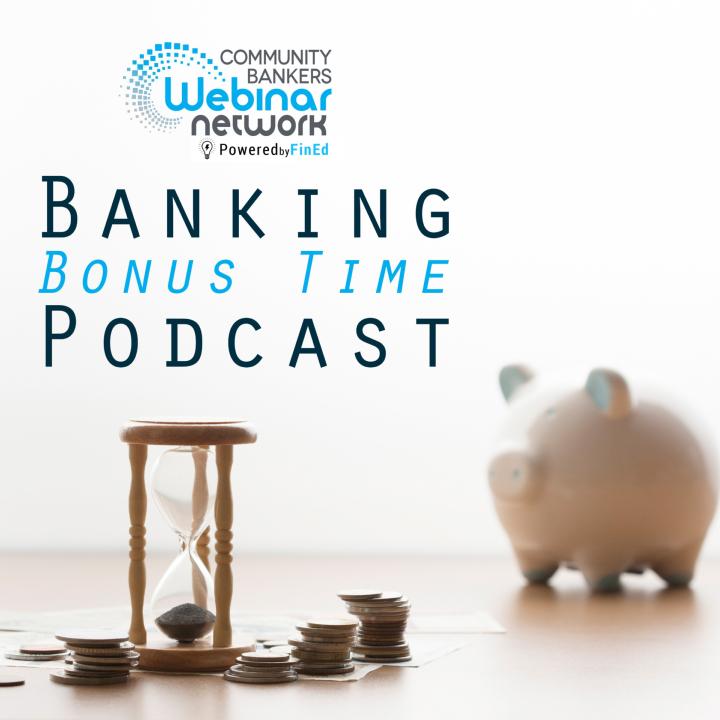
Overdrafts, NSF Fees, UDAAP, and Overdrafts in the Headlines
Overdrafts, NSF Fees, UDAAP, and Overdrafts in the Headlines
Overdraft Programs have always been a hot-button area for examiners, especially for the Consumer Financial Protection Bureau (CFPB), which has had Overdraft Programs on its radar since its inception. Yet despite the guidance, there is still confusion over which elements actually apply to the programs you offer.
One of the most recent focus areas for regulators has been assessing the extent to which banks have analyzed their own overdraft protection programs for unfair, deceptive or abusive acts or practices (UDAAP). Specifically, the institution should regularly review:
- Overdraft fees and fee waivers
- Advertising and marketing materials promoting the ODP
- program
- Consumer complaints
UDAAP and NSF Fees for Re-Presented Transactions
Recently a number of class-action lawsuits have been filed involving financial institutions for the alleged breach of contract due to the omission of key terms related to the assessment of re-presentment fees. Lawsuit settlements have resulted in accountholder restitution and legal fee reimbursements.
Charging an NSF fee (non-sufficient funds fee) when a charge is presented for payment but cannot be covered by the balance in the account is common practice as we’ve previously discussed. Some financial institutions; however, charged additional NSF fees for the same transaction when a merchant re-presented an ACH payment or check on more than one occasion after the transaction was declined. Disclosure and fee practices for re-presentments may result in a heightened risk of UDAAP violations, which covers both consumer and business accounts.
The examiners have identified consumer harm when financial institutions charged multiple NSF fees for the re-presentment of unpaid transactions. Some disclosures and account agreements explained that one NSF fee would be charged “per item” or “per transaction.” These terms were not clearly defined, and disclosure forms did not explain that the same transaction might result in multiple NSF fees if re-presented.
While case-specific facts would determine whether a practice is in violation of a law or regulation, the failure to disclose material information to accountholders about re-presentment practices and fees may be deceptive. This practice may also be unfair if there is the likelihood of substantial injury for accountholders if the injury is not reasonably avoidable, and if there is no countervailing benefit to accountholders or competition.
To avoid a surprise UDAAP violation in this area the examiners have suggested that financial institutions consider the following:
- Eliminating NSF fees.
- Declining to charge more than one NSF fee for the same
- transaction, regardless of whether the item is represented.
- Disclosing the amount of NSF fees and how such fees will be
- imposed, including:
- Information on whether multiple fees may be assessed in connection with a single transaction;
- The frequency with which such fees can be assessed;
- The maximum number of fees that can be assessed in connection with a single transaction.
- Reviewing accountholder notification practices related to NSF transactions and the timing of fees to provide the accountholder with an ability to avoid multiple fees for represented items.
- Conducting a comprehensive review of policies, practices, and disclosures related to re-presentments to ensure the manner in which NSF fees are charged is communicated clearly and consistently.
- Working with service providers to retain comprehensive records so that re-presented items can be identified.
Overdraft Programs in the Headlines
On December 1, 2021, the CFPB issued a press release titled CFPB Research Shows Banks’ Deep Dependence on Overdraft Fees, stating that overdraft and non-sufficient fund fees made up two-thirds of reported fee revenue.
“Rather than competing on quality service and attractive interest rates, many banks have become hooked on overdraft fees to feed their profit model,” said CFPB Director Rohit Chopra. “We will be taking action to restore meaningful competition to this market.” That’s rather foreboding right? We can anticipate additional supervisory statements and guidance to come out of the CFPB in the coming year. We will need to watch closely to see how these may impact community financial institutions.
On December 8, 2021, Acting Controller of the Currency Michael J. Hsu, spoke at the Consumer Federation of America's 34th Annual Financial Services Conference on the topic "Reforming Overdraft Programs to Empower and Promote Financial Health." Mr. Hsu concluded his discussion by detailing features of overdraft programs identified by the Agency that could support consumer financial health (*Gasp* an examiner stating something about these programs can be good?!) These features include:
- requiring consumers to opt-in to the overdraft program.
- providing a grace period before charging an overdraft fee.
- allowing negative balances without triggering an overdraft fee.
- offering consumers balance-related alerts.
- providing consumers with access to real-time balance information.
- linking a consumer's checking account to another account for overdraft protection.
- collecting overdraft or NSF fees from a consumer's next deposit only after other items have been posted or cleared.
- not charging separate and multiple overdraft fees for multiple items in a single day and not charging additional fees when an item is re-presented.
Most recently the CFPB posted a blog article on February 10, 2022, entitled Comparing Overdraft Fees and Policies Across Banks. Per the blog, consumers paid almost $15.5 billion in overdraft and NSF fees in 2019. Fees paid by consumers dropped considerably during the pandemic, but by the second half of 2021, they began to climb again. The CFPB recognized changes financial institutions have made or are making to their overdraft programs, including:
- eliminating NSF fees charged when transactions bounce;
- reducing the size of the overdraft fee;
- reducing the number of overdraft/NSF fees the institution can charge you each day;
- providing or increasing the amount your account can go negative before charging an overdraft fee;
- providing a grace period for you to bring the account back to positive before charging an overdraft fee; and
- eliminating “extended” or “sustained” overdraft fees charged when the account is not brought back to a positive balance after a certain period of time.
The research the CFPB is conducting in relation to overdraft/NSF fees is part of a wider initiative the bureau is taking to reduce “junk fees” consumers pay.
Dawn Kincaid’s webinar, Overdrafts Under Fire: Clarifying the Confusion, provides more information on overdraft program (ODP) exam procedures, risk assessment, ODP program overview, static vs. dynamic OD limits, fee structure, fee waivers, written notice requirements, statements, monitoring, reporting and more.
(Please contact us to purchase.)
Read These Articles Next
January 13, 2022
August 18, 2022
Tess Bower
February 8, 2022
© 2025 FINANCIAL EDUCATION & DEVELOPMENT, INC





